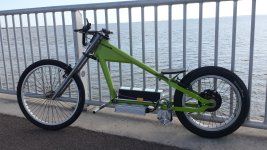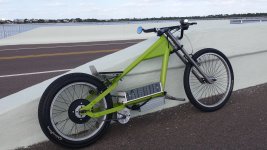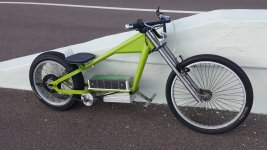eMark
100 kW
Loose friction fit of the inside Cu Rivet against the inside wall of the larger threaded Cu Bolt is just asking for weaker/inconsisent contact ... NOT good. That SS Coil Spring is not a good conductor. What am i missing ??
Ditto that for me 2nd in line!SafeDiscDancing said:Well, I guess I'm your biggest fan. (referring to Barncat)
He's still in the beginning prototype development stage ... so far it looks to have potential as another pack fabrication option for certain applications. Do naysayers feel threatened that spot-welding may go out of favor because of KIS that is less labor intensive, requiring less equipment, less materials, less skill, but functionally just as valid for its application.
Barncat has never implied nor has anyone else that his concept will replace the need for spot-welding pack fabrication. IF his Calling Card were CoolCat instead of Barncat then maybe, just maybe, Chalo and Hillhater would be a little more receptive/positive in seeing its potential ... as is spinningmagnets previous more positive post :thumb:






